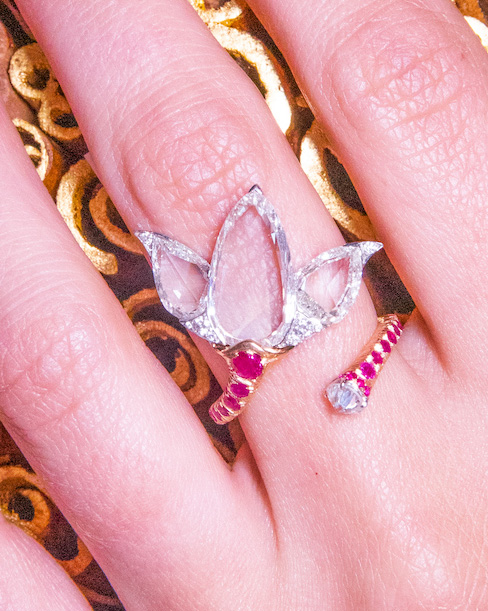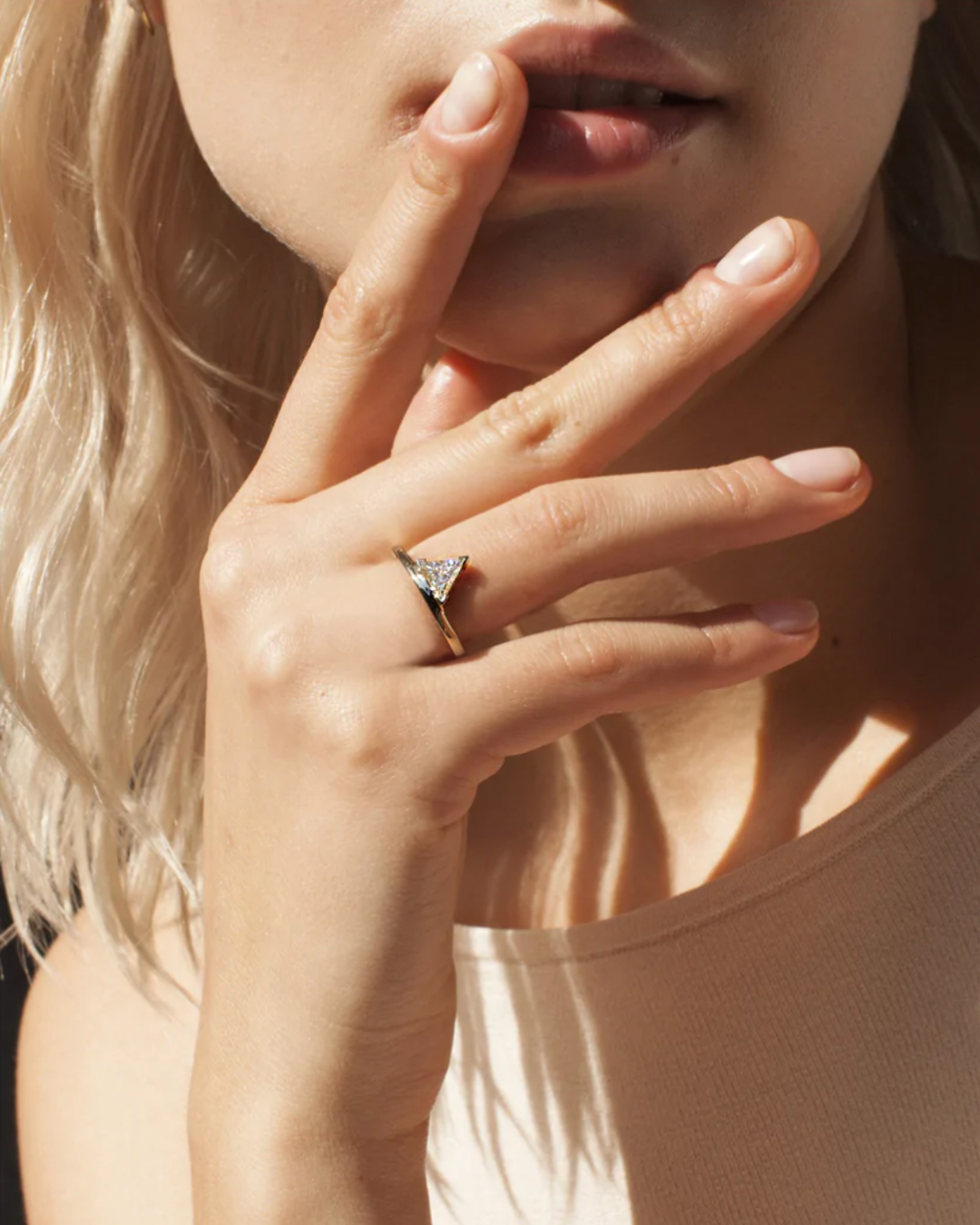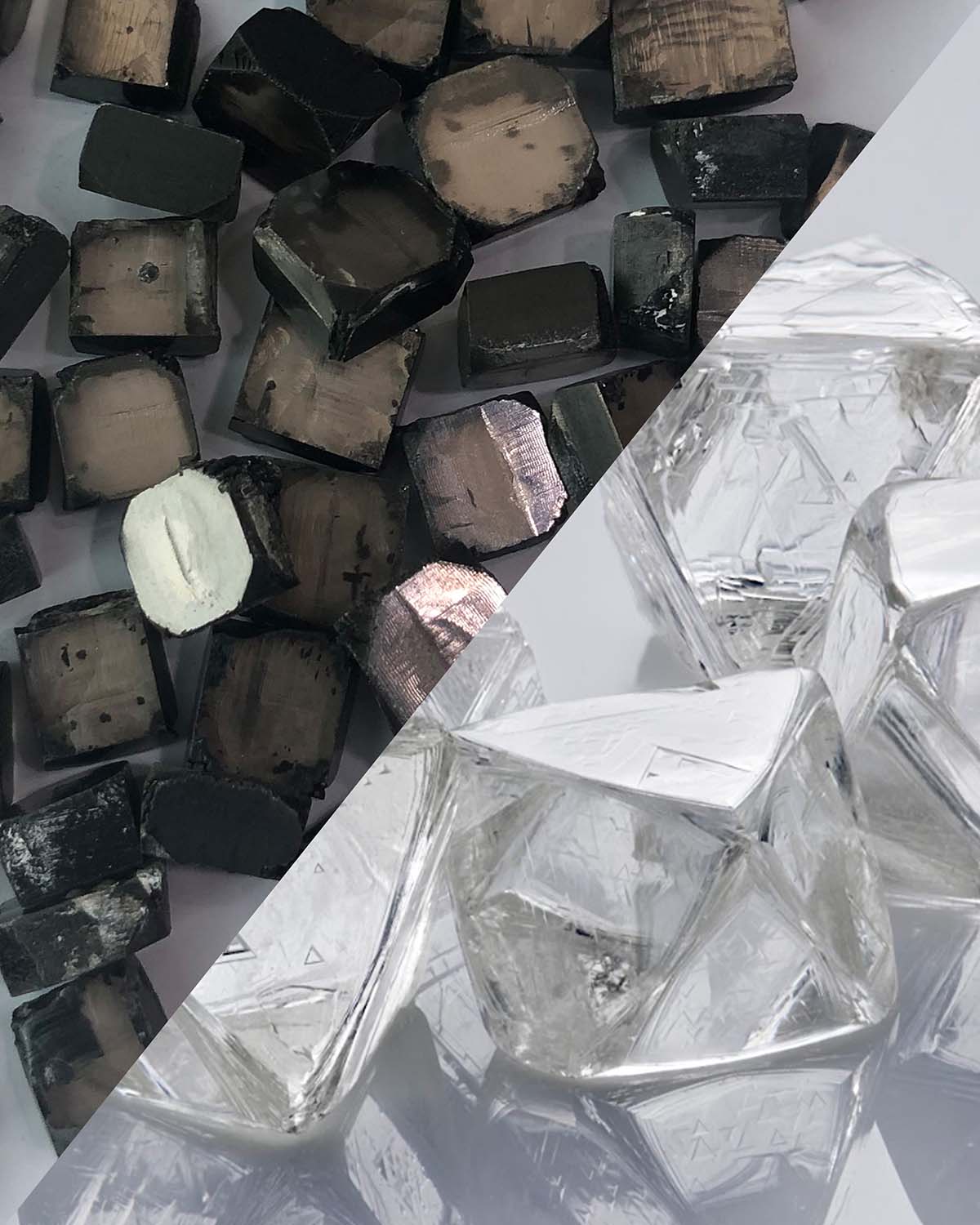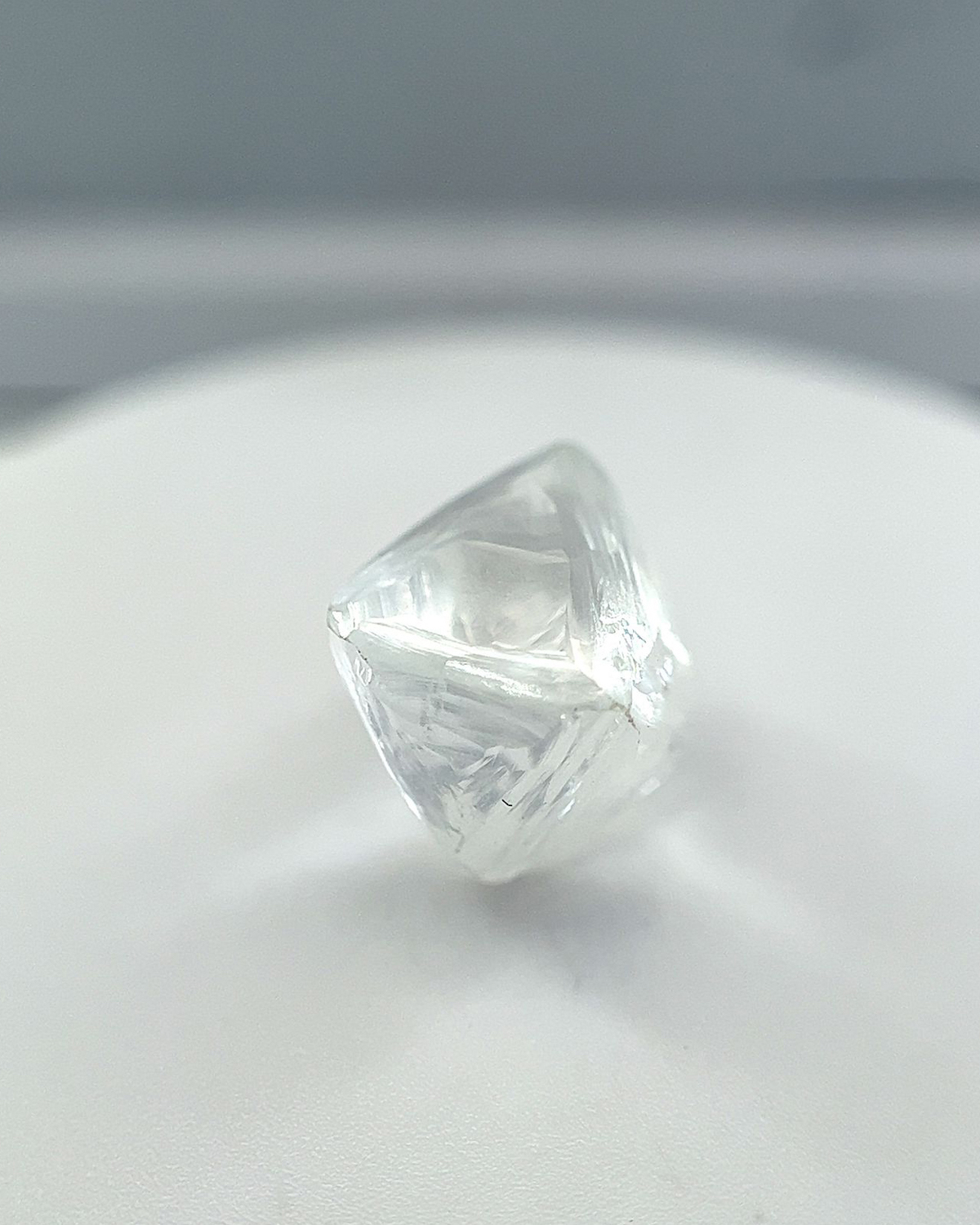
The Difference Between Natural & Lab Grown Diamonds
To help you navigate the diamond shopping experience and give you the facts, here are the key differences that set natural diamonds apart from lab-grown diamonds.
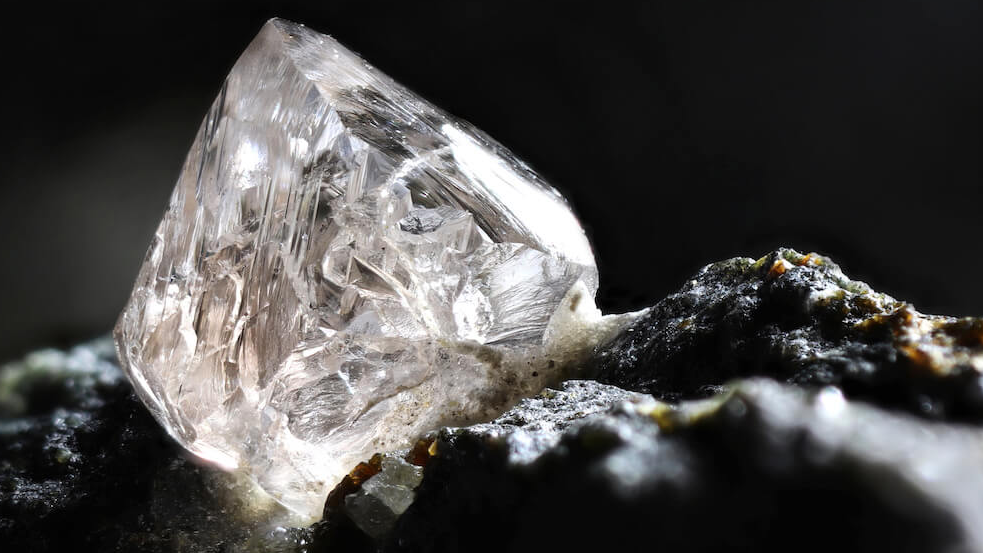
When shopping for diamond jewelry, there are many common misconceptions and frequently asked questions. What is a natural diamond, and is it the same as a mined diamond? How to tell natural diamonds from laboratory-grown diamonds? What are the differences between natural and lab-grown diamonds? Are there environmental or social benefits to one over the other? It’s important to understand the facts about what you’re buying before you buy.
No. 1: How are they created?
Natural diamonds are formed by the heat
and pressure of the Earth, from 1 to 3 billion
years ago, making a natural diamond the
oldest thing you will ever touch.
The extreme conditions within the Earth that created natural diamonds are only the beginning of their journey. Millions of years after their formation, on average, 100 miles deep within the Earth, natural diamonds were blasted toward the surface of the Earth by ancient volcanoes. These volcanoes trapped diamonds in their molten rock as it exploded to the surface, and today, diamonds are found in the remanence of these ancient volcanoes we call kimberlite pipes. Natural diamonds are sometimes referred to as ‘mined’ diamonds, although some natural diamonds are recovered without mining.
On the other hand, lab-grown diamonds are created by humans using machinery and energy to force carbon to crystallize. Although sharing physical and optical properties, lab-grown diamonds’ quick growth process makes them easily identifiable from natural diamonds using a proper tester.
No. 2: Are they rare and valuable?
The total amount of natural diamonds
one carat and larger recovered in a year
would only fill one exercise ball.
The value of a natural diamond derives from its rarity as a finite, natural gem. This rarity and finiteness make natural diamonds valuable. Over the last 35 years, natural diamonds have shown to appreciate in price by approximately 3% on average every year. Natural diamonds retain inherent value over time, making them an incredible heirloom. However, like other manufactured products, lab-grown diamonds can be replicated in potentially unlimited quantities. Between 2016 and 2022, the prices of laboratory-grown diamonds fell by more than 70%.
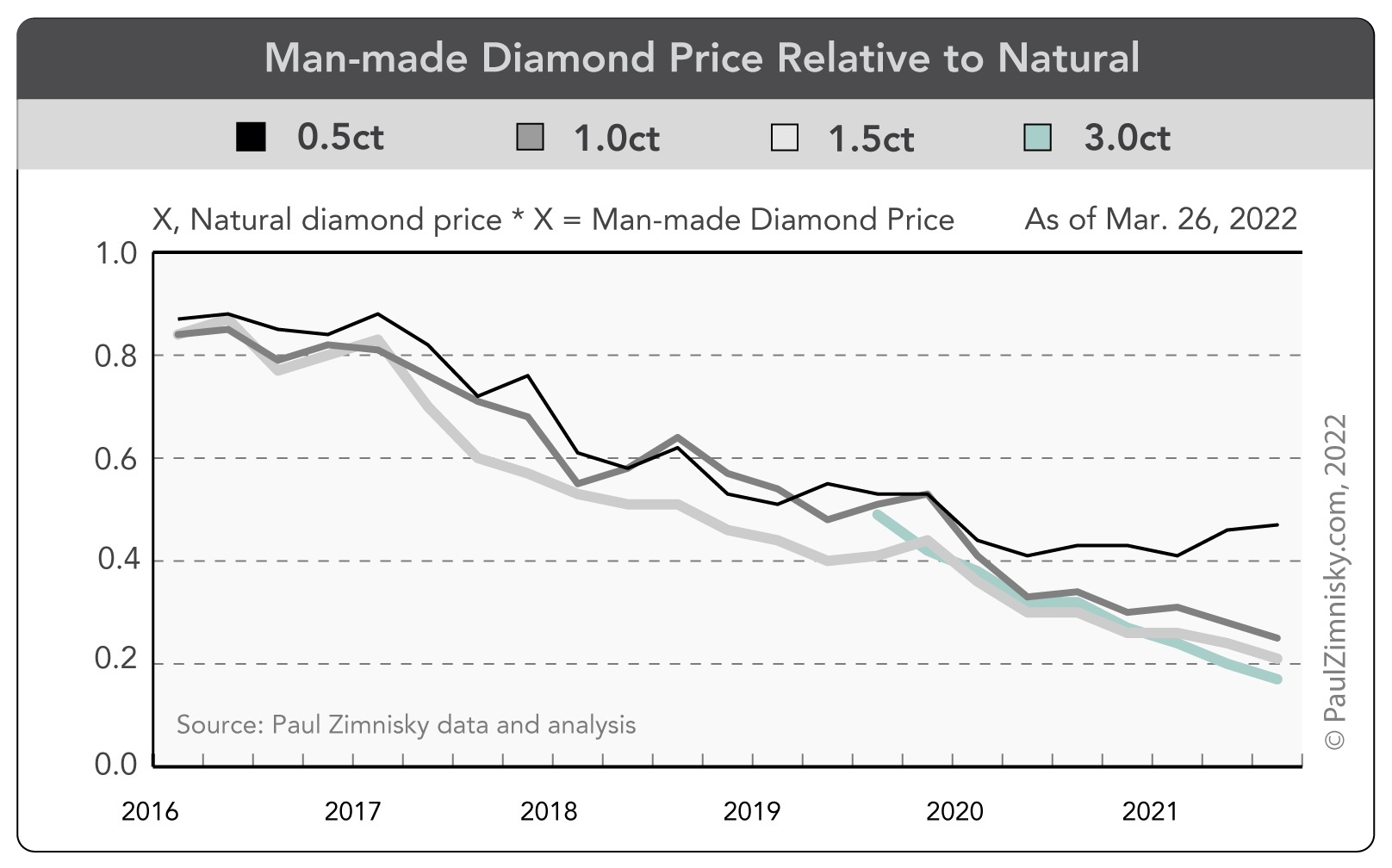
No. 3: What is their environmental impact?
The environmental impact of a one-carat
natural diamond from mine to finger is about
the same as the environmental impact of
manufacturing three smartphones.
Researchers are using the rocks in which diamonds are found, called kimberlite, to absorb carbon dioxide from the atmosphere in a ground-breaking research program with the aim of reaching carbon neutrality within this decade. Also, triple the amount of land natural diamond companies use is set aside for environmental conservation.
There are no toxic chemical bi-products used in natural diamond recovery because once they are removed from the ground, diamonds are easily extracted from the host rock. The leftover rock is then stored on-site and used when the mine is closed to return the land back to its original state.
Lab-grown diamonds are produced using electricity and machinery to recreate Earth’s conditions and generate temperatures of 2,700 Fahrenheit and pressure of 1.5 million pounds per square inch. They also need large amounts of water to cool down the reactors. Around 60% of LGDs are manufactured in China and India, countries that rely heavily on coal. There are also production facilities that have managed to use hydropower to replace fossil fuel but that is still a limited option for most of the laboratory-created diamond market.
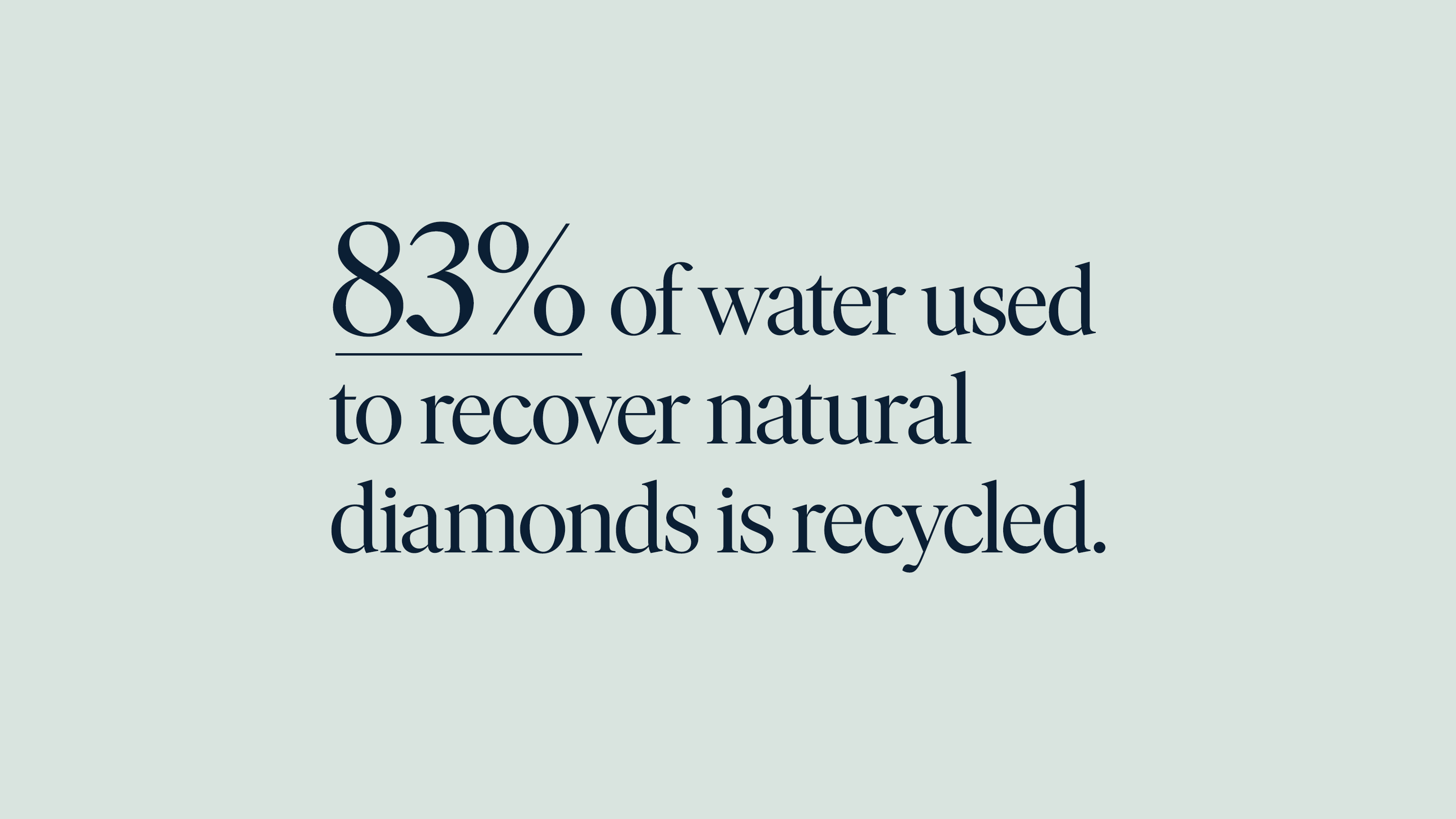
No. 4: What do they symbolize?
The word ‘diamond’ comes from the Greeks,
who named the stone ‘adamas,’
meaning unbreakable or unalterable.
Since their discovery almost 4,000 years ago, natural diamonds have fascinated humans with their unique properties that were previously unseen. They immediately came to symbolize strength, resilience, and power. Ancient Greeks then named them ‘adamas’, meaning unbreakable, just like love. Mythology also sees Cupid’s arrows tipped with diamonds, as a diamond was said to aid in falling in love. The first known diamond engagement ring was given in 1477, sparking the tradition and cementing their status as the ultimate symbol of love, a sentiment that has spread across cultures and through time.

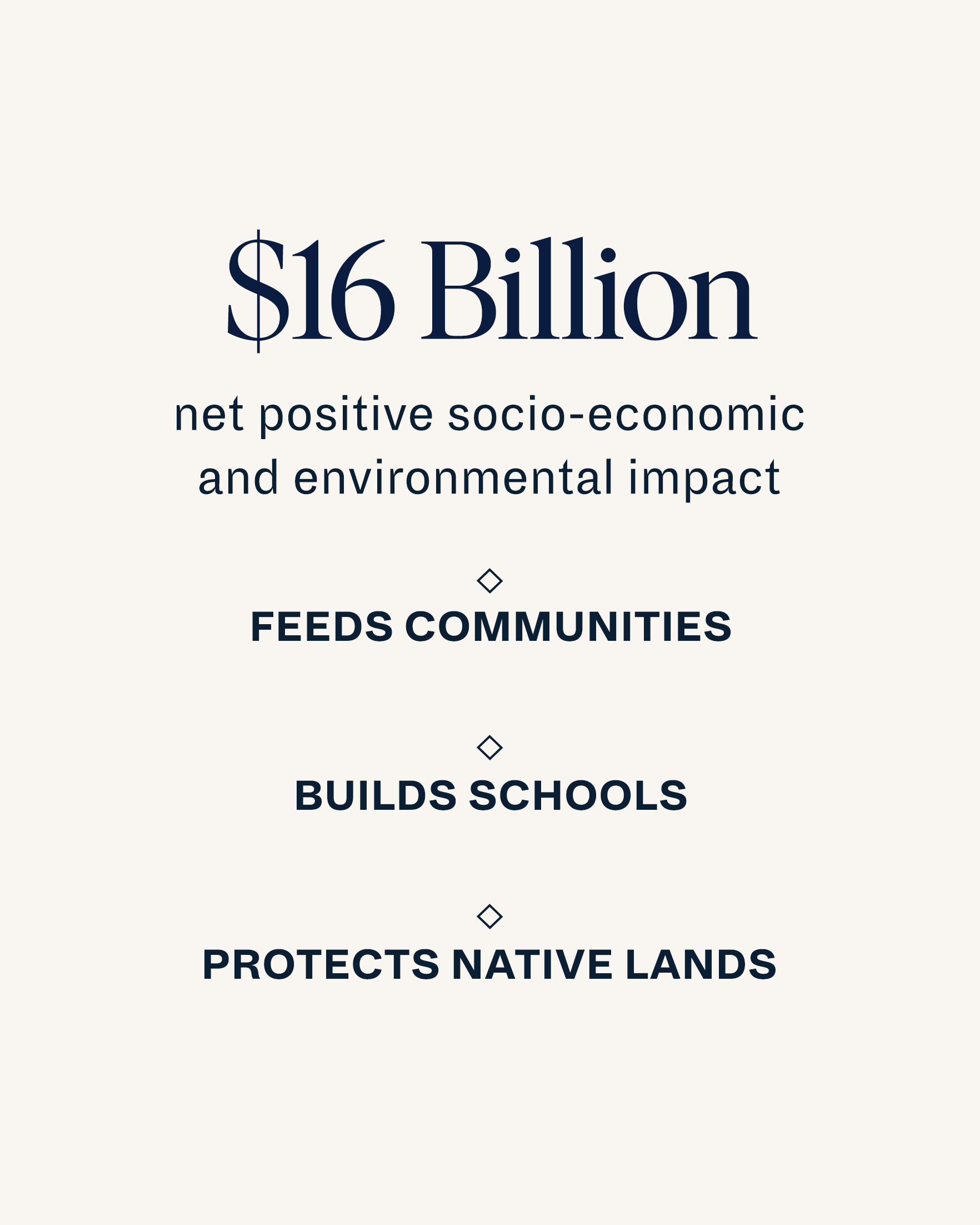
No. 5: Are they sustainable?
The natural diamond industry supports the
livelihood of 10 million people globally.
Together, the world’s leading diamond producers create $16 billion in net positive socioeconomic and environmental benefits annually in countries where they operate–80% of which stays within local communities. Entire countries such as Botswana and remote areas, like Canada’s far North, have been completely transformed by the discovery of natural diamonds.
The wealth generated by laboratory grown diamond companies largely benefits only a select few venture capitalists and investors who have yet to demonstrate socioeconomic contributions similar to the natural diamond industry.
*Analysis conducted by Trucost, part of S&P Global, based on 2016/2017 data.

